This post may contain affiliate links. I only recommend products I use and love. Read the full disclosure here
Think you know all the foods you can eat? Think again! Some of the most unexpected parts of plants, fruits, and even common backyard weeds are not only edible but also packed with nutrients and flavor. From banana peels to pine needles, nature has gifted us a variety of surprising ingredients that people often overlook. Some are delicacies in different cultures, while others are simply forgotten foods waiting to be rediscovered. Get ready to expand your palate and start looking at your grocery list (and maybe even your backyard) in a whole new way!
1. Banana Peels
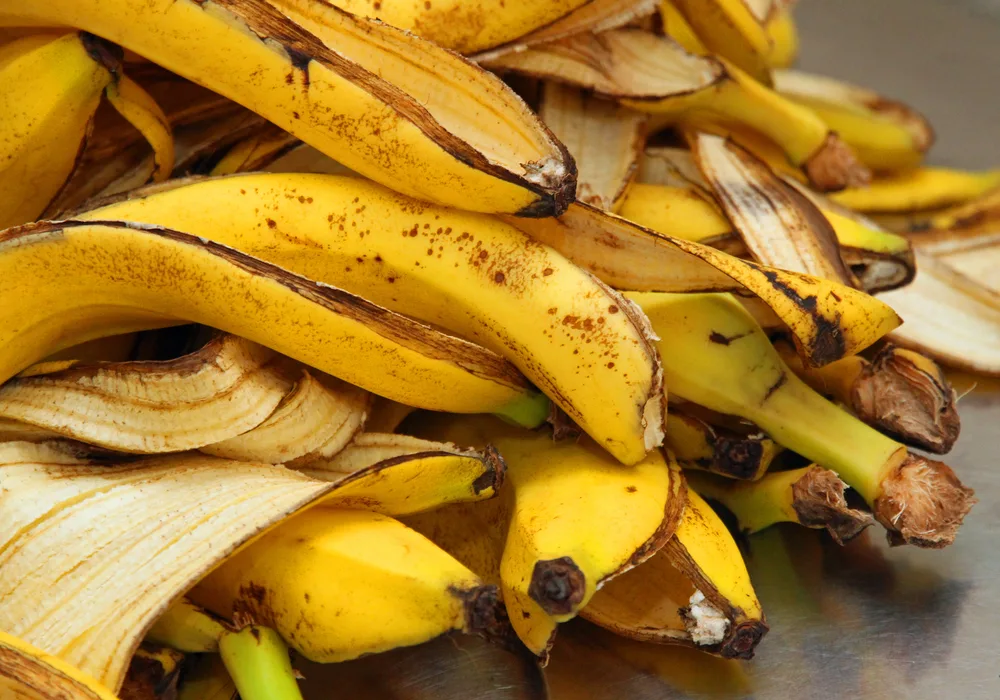
Don’t toss that peel! Banana skins are packed with fiber, antioxidants, and even serotonin-boosting compounds. In some cultures, they’re boiled, fried, or blended into smoothies.
When cooked, they take on a slightly sweet, chewy texture—perfect for plant-based pulled “pork” or chutneys. If you’re skeptical, try blending them into a smoothie or baking them into banana bread for an easy introduction.
2. Broccoli Leaves
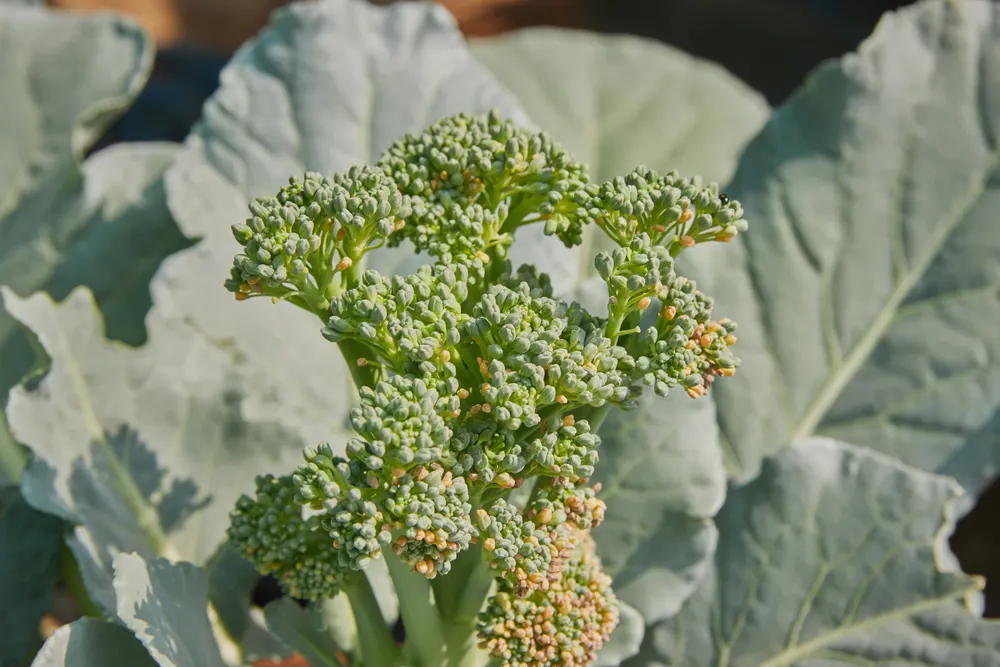
Most people eat the florets and toss the leaves, but those dark green broccoli leaves are loaded with vitamins A, C, and K. They have a slightly sweet, earthy flavor and can be cooked like kale or collard greens.
Sauté them with garlic, throw them in a soup, or chop them up raw in a salad for a nutrition boost.
Like Bullock’s Buzz’s content? Follow us on MSN.
3. Watermelon Rind
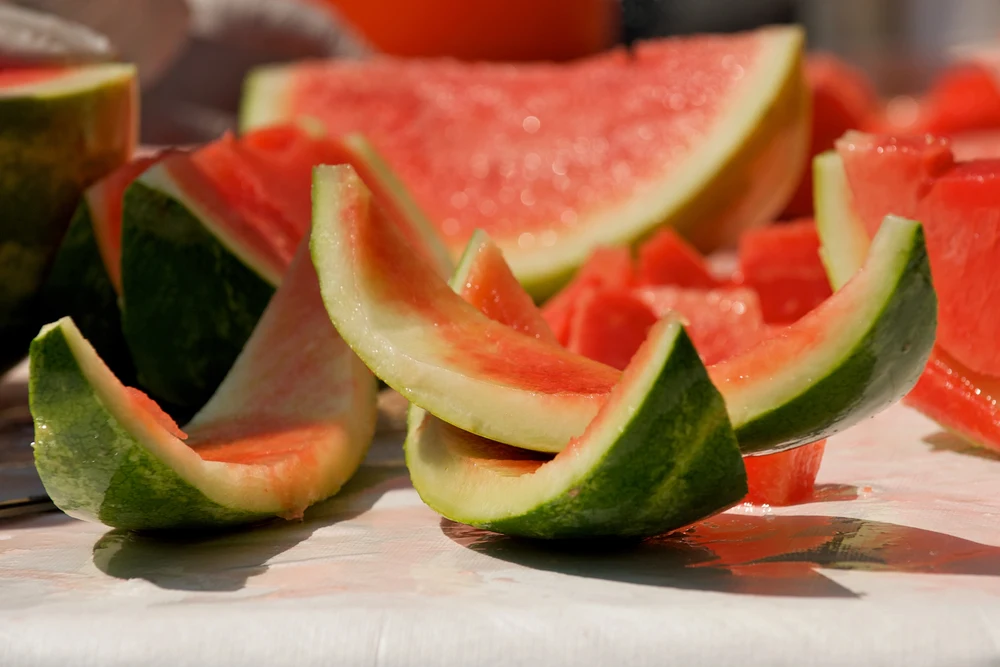
That white rind between the sweet pink flesh and the tough green skin? Totally edible! Watermelon rind is crisp, hydrating, and packed with citrulline, an amino acid that’s great for circulation.
Pickle it for a crunchy snack, blend it into smoothies, or stir-fry it like you would zucchini.
4. Pineapple Core
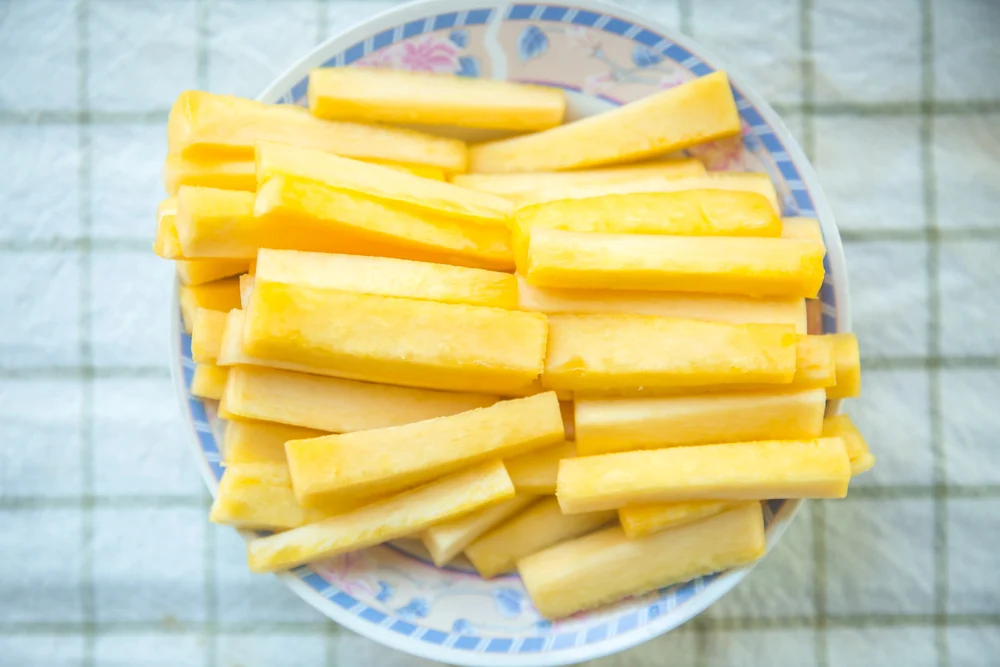
The fibrous core of a pineapple is often discarded, but it’s rich in bromelain, an enzyme that aids digestion and reduces inflammation. Chop it into small pieces and blend it into smoothies, juice it, or cook it down into syrup for a natural sweetener.
5. Pumpkin Leaves
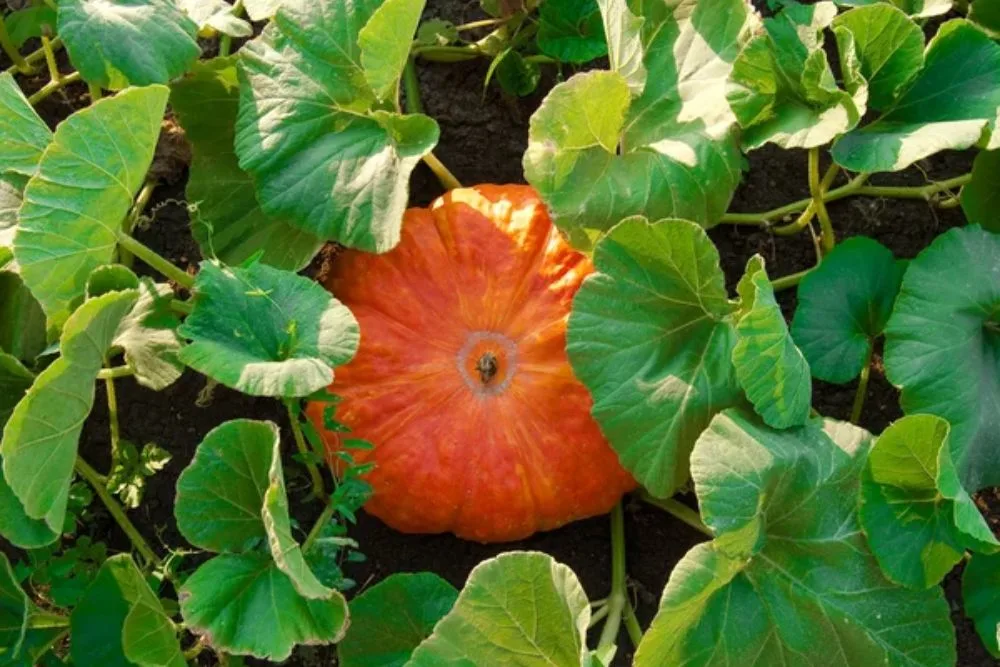
Pumpkin vines produce more than just pumpkins! The young, tender leaves are a delicacy in many cultures. They’re packed with iron and fiber, making them a nutritious addition to stir-fries, soups, or steamed veggie dishes.
Just remove the tough outer fibers before cooking.
Like Bullock’s Buzz’s content? Follow us on MSN.
6. Corn Silk
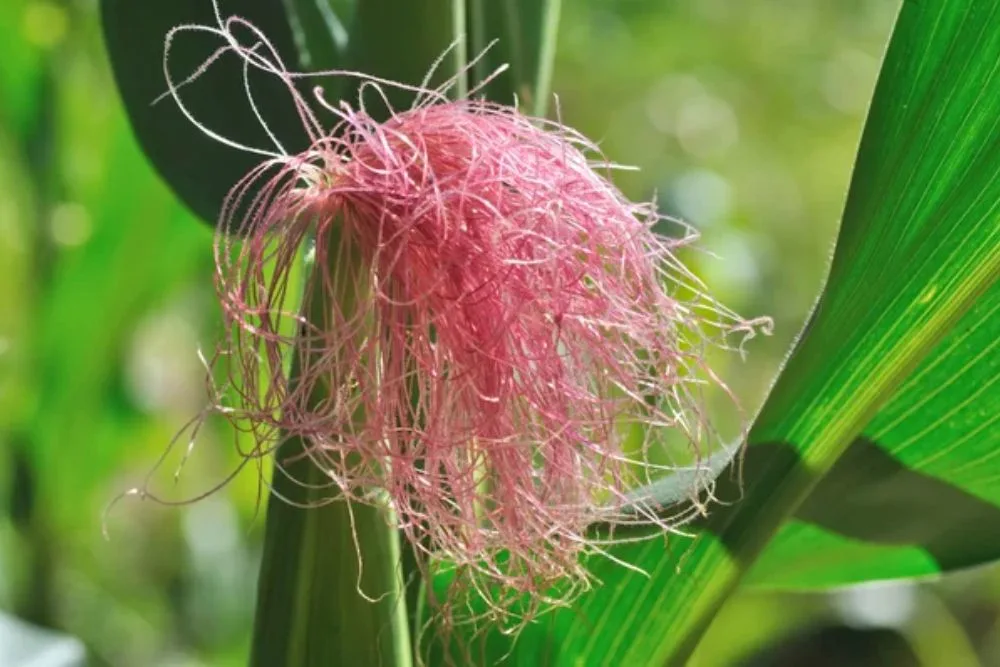
Those stringy, golden threads attached to corn cobs are surprisingly beneficial. Corn silk is rich in antioxidants and has been used in herbal medicine for centuries.
Dry it and steep it into a tea for a natural way to support kidney and bladder health.
7. Avocado Seeds
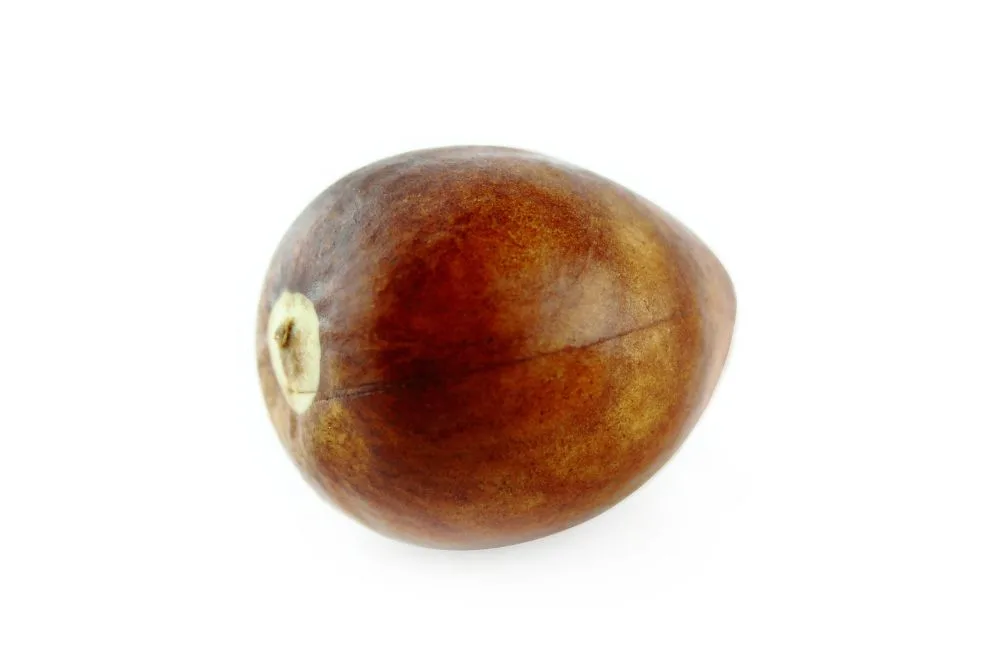
That giant seed in the middle of an avocado? Edible! It’s packed with antioxidants, fiber, and anti-inflammatory compounds. Dry it, grind it into a powder, and add it to smoothies or oatmeal for an extra nutrient kick.
Just be aware that it has a slightly bitter taste.
8. Carrot Tops
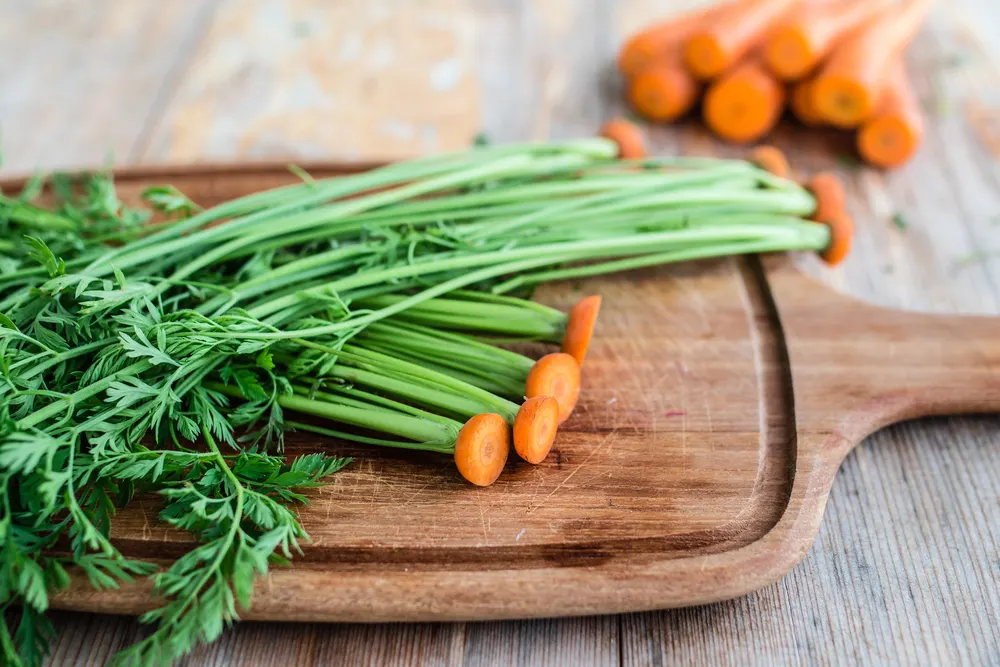
Carrot greens are often tossed away, but they have a fresh, slightly bitter flavor similar to parsley. Use them in pesto, toss them in salads, or add them to soups for an earthy depth.
They’re packed with vitamin K, which supports bone health.
Like Bullock’s Buzz’s content? Follow us on MSN.
9. Peanut Shells
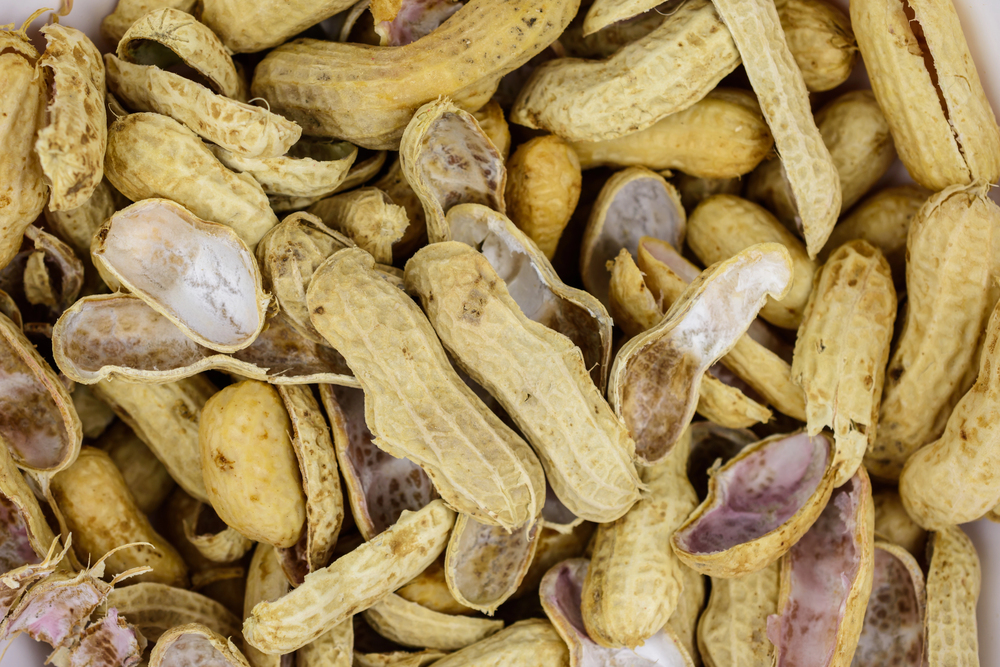
Crunchy, fibrous peanut shells aren’t just trash—they can be eaten! While they’re tough, they contain fiber and antioxidants.
Some people boil them to soften the texture, while others grind them into powder for use in broths or seasonings.
10. Strawberry Leaves
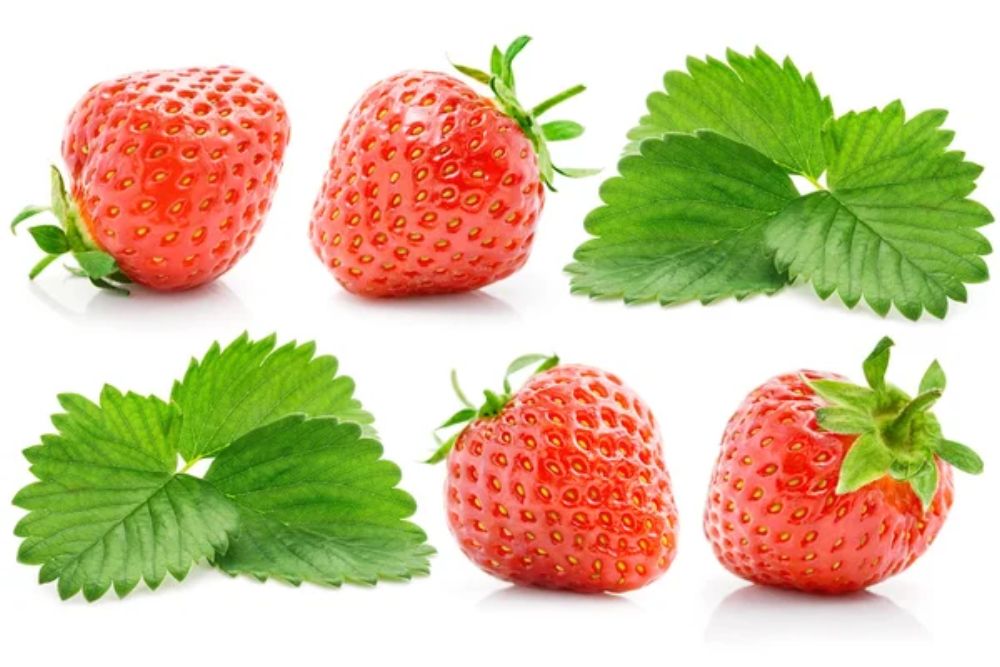
Strawberry leaves aren’t just harmless—they’re actually good for digestion! They have mild anti-inflammatory properties and a slightly grassy flavor.
Brew them into a tea or toss a few into smoothies for an extra boost.
11. Pine Needles
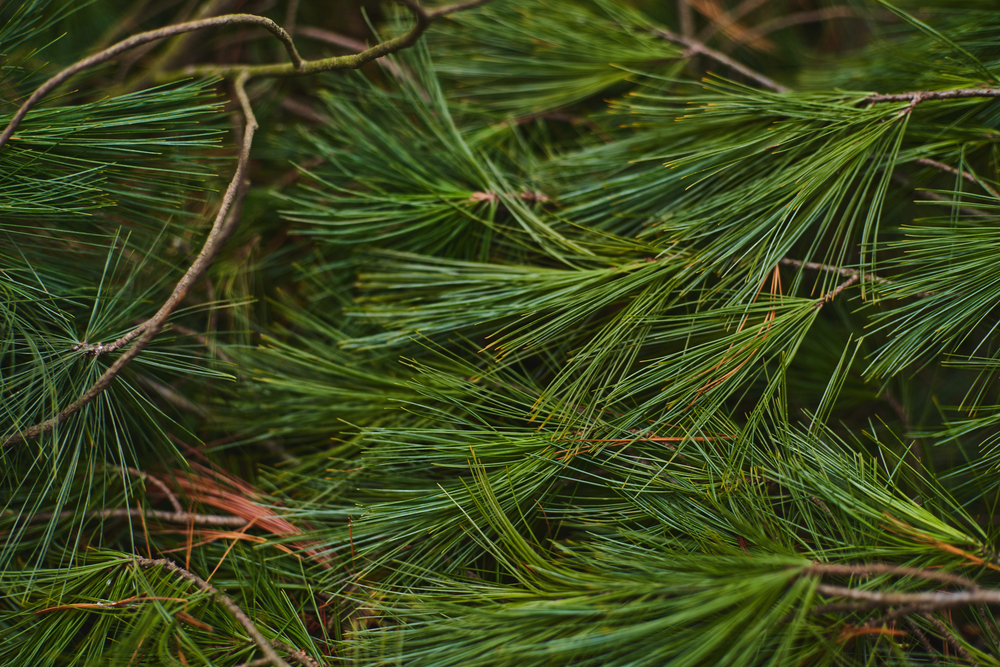
Yes, pine needles are edible! They’re rich in vitamin C and have a fresh, citrusy flavor. Steep them into a tea for a refreshing drink, or use them to infuse syrups and vinegars.
Like Bullock’s Buzz’s content? Follow us on MSN.
12. Cactus Pads (Nopales)
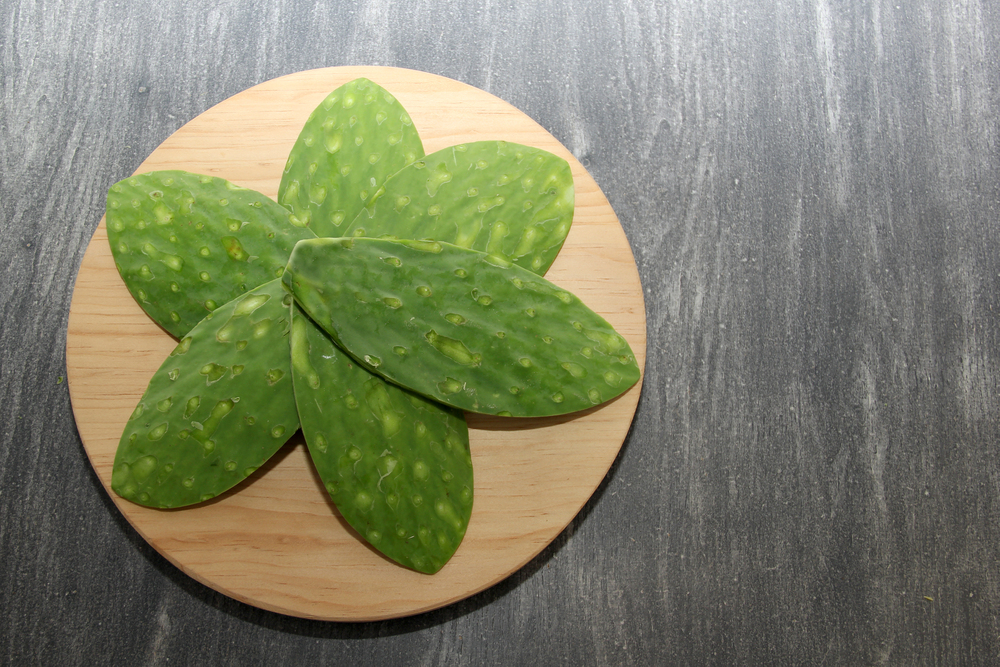
The flat, green pads of the prickly pear cactus are a staple in Mexican cuisine. They have a slightly tangy, green bean-like flavor and are packed with fiber and antioxidants.
Just remove the spines before slicing them up for salads, tacos, or scrambled eggs.
13. Chickpea Water (Aquafaba)
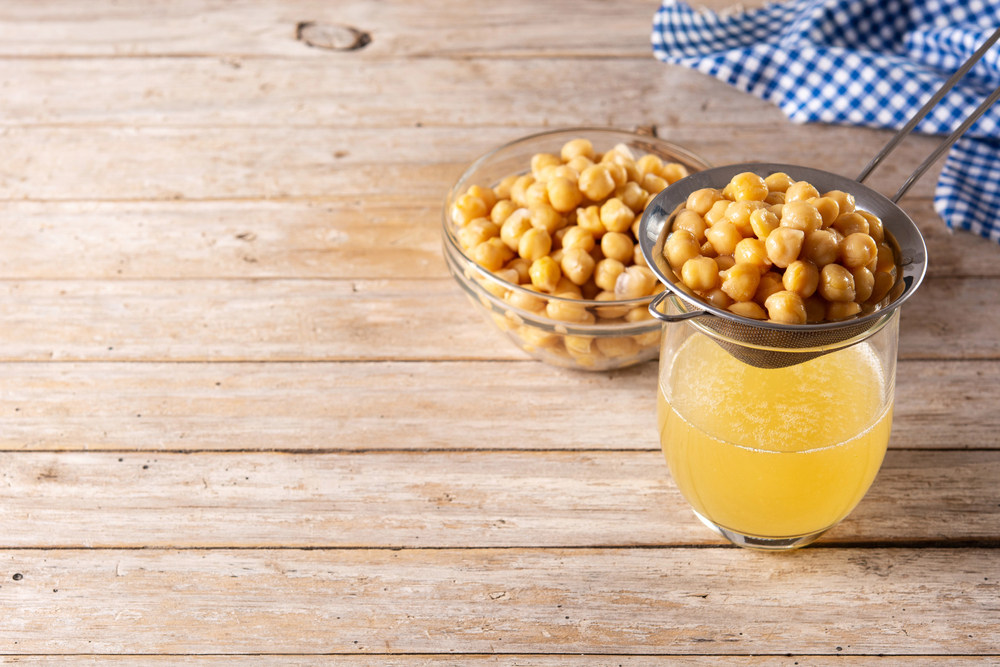
The liquid left over from canned chickpeas isn’t waste—it’s an incredible egg white substitute! Whip it into meringues, use it in baking, or blend it into vegan mayonnaise.
It’s a game-changer for plant-based cooking.
14. Mango Peels
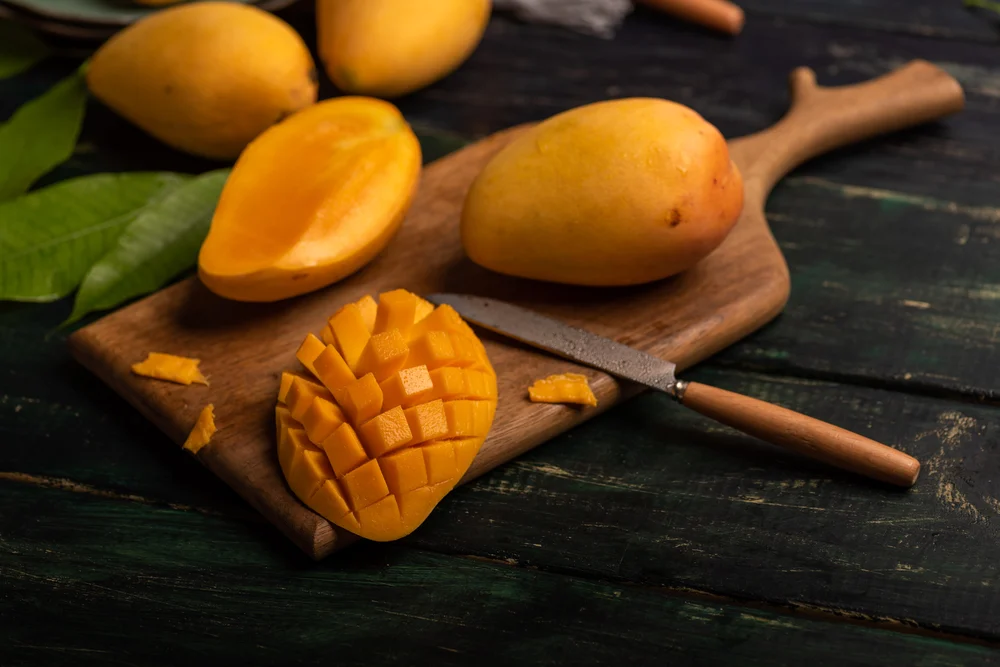
Mango skins contain fiber, antioxidants, and compounds that may support metabolism. They can be tough, so blend them into smoothies or pickle them for a tangy treat.
Like Bullock’s Buzz’s content? Follow us on MSN.
15. Radish Leaves
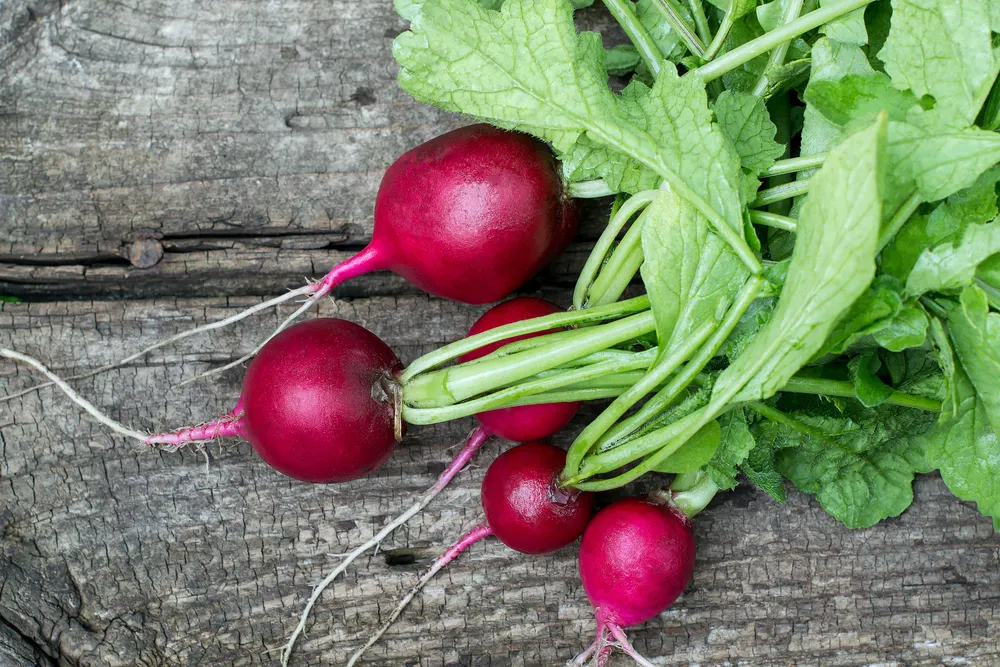
Don’t throw away radish greens! They have a peppery bite and are delicious in salads, sautéed, or blended into pesto.
They’re also loaded with vitamin C and calcium.
16. Crab Shells
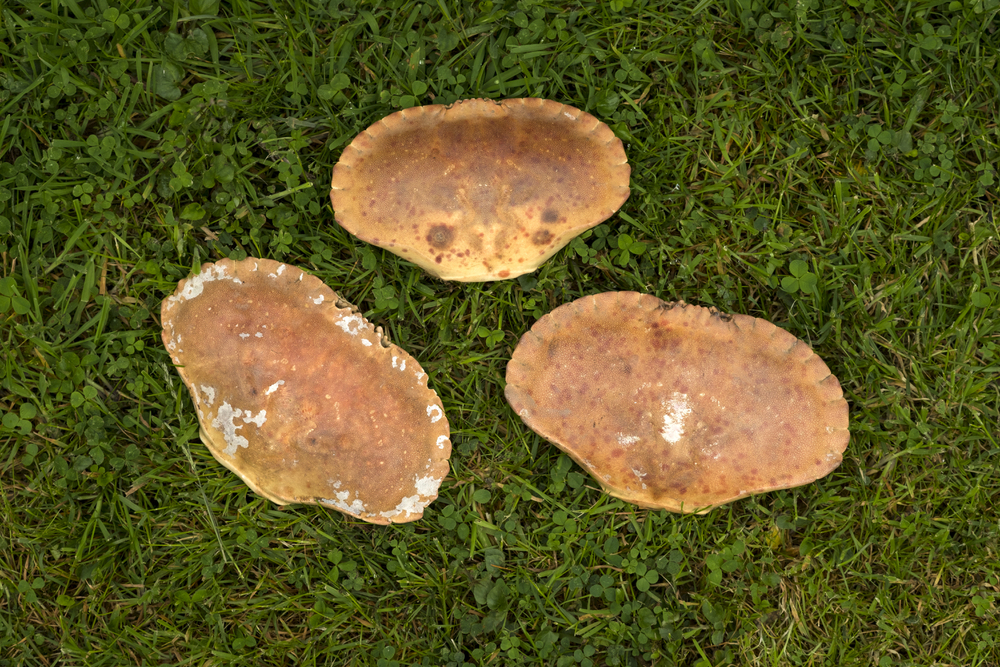
Crab shells? Edible? Kind of! When ground into a fine powder, crab shells become a great source of calcium and chitin, which supports gut health. Some cultures use them to add umami depth to broths.
17. Onion Skins
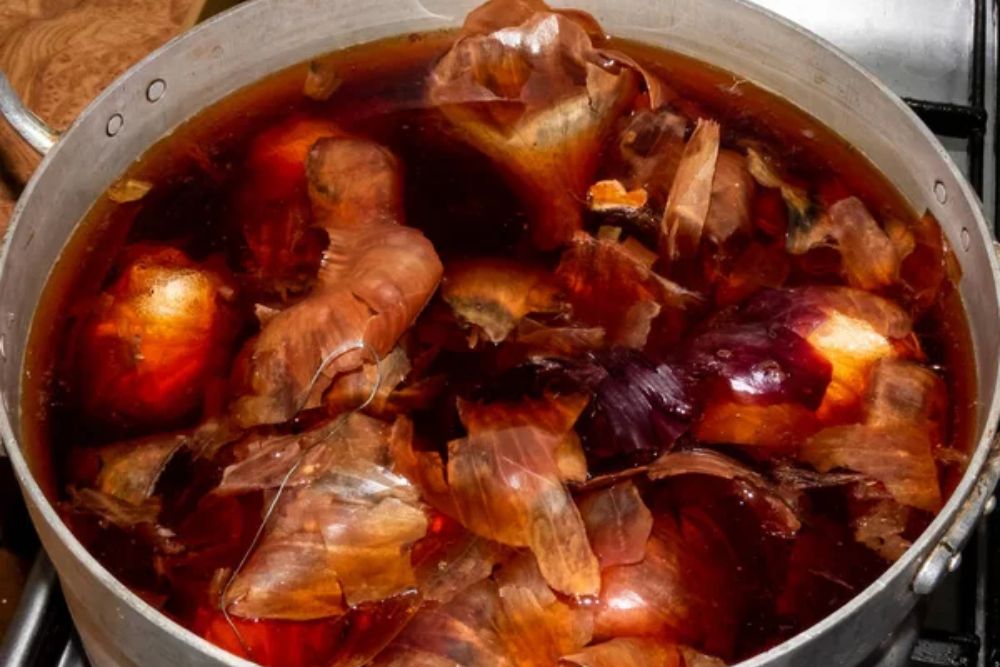
The papery outer layer of onions is rich in quercetin, an antioxidant that may help with inflammation. Boil them in stocks or teas to extract their nutrients before discarding them.
Like Bullock’s Buzz’s content? Follow us on MSN.
18. Kiwi Skin
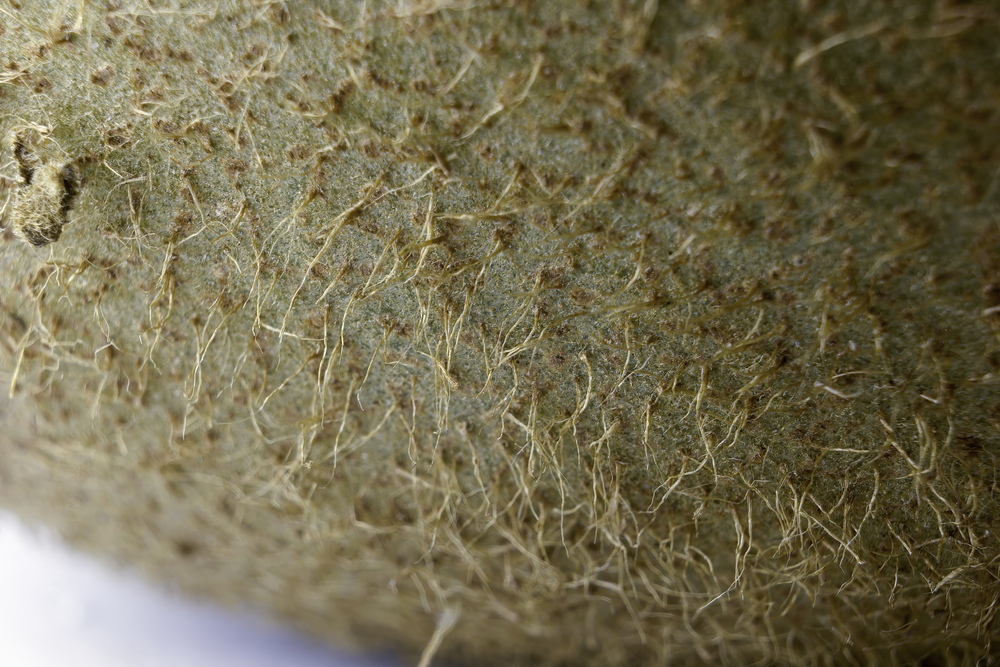
That fuzzy kiwi skin is totally edible and loaded with fiber! If the texture bothers you, try rubbing it gently under water to remove some fuzz before biting in.
19. Grape Leaves
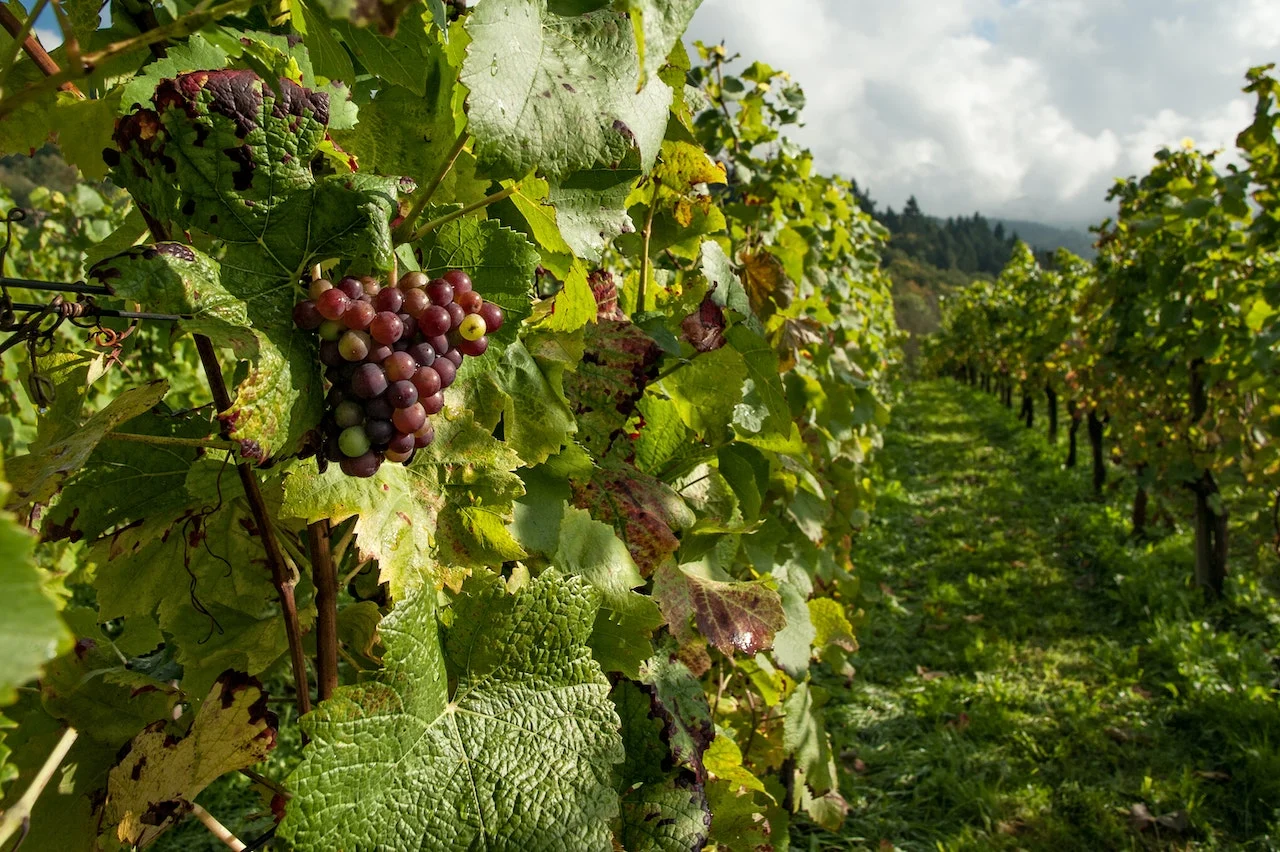
Grape leaves aren’t just for stuffing—they’re edible on their own! They’re high in antioxidants and have a tart, lemony taste.
Try them in salads, stews, or fermented for a tangy snack.
20. Coffee Cherry
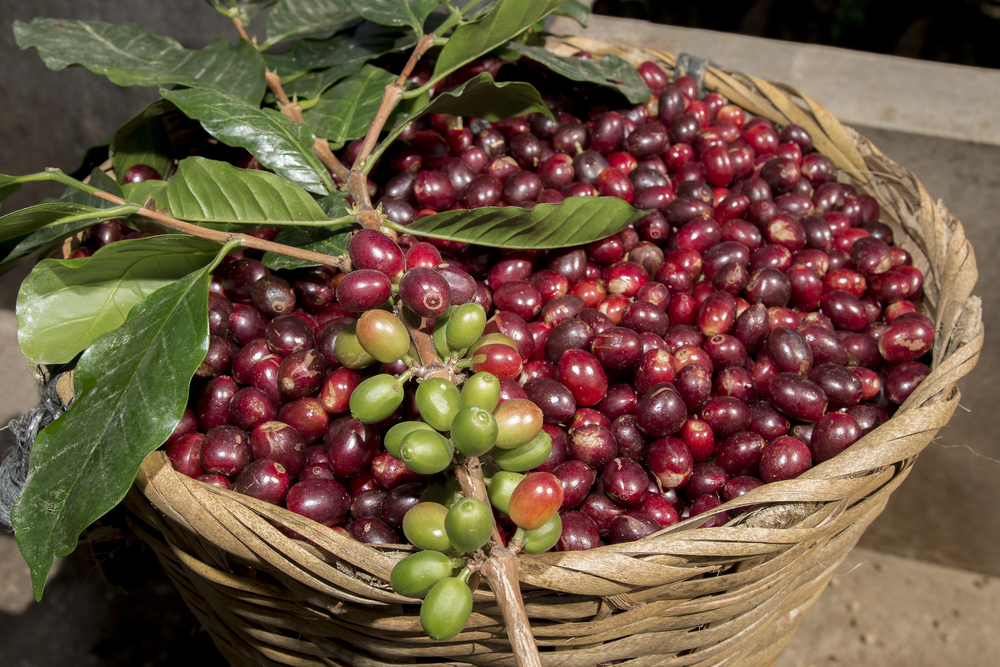
The red fruit that surrounds coffee beans is sweet and packed with antioxidants. Some companies are now using it to make teas and energy drinks.
Like Bullock’s Buzz’s content? Follow us on MSN.
21. Persimmon Leaves
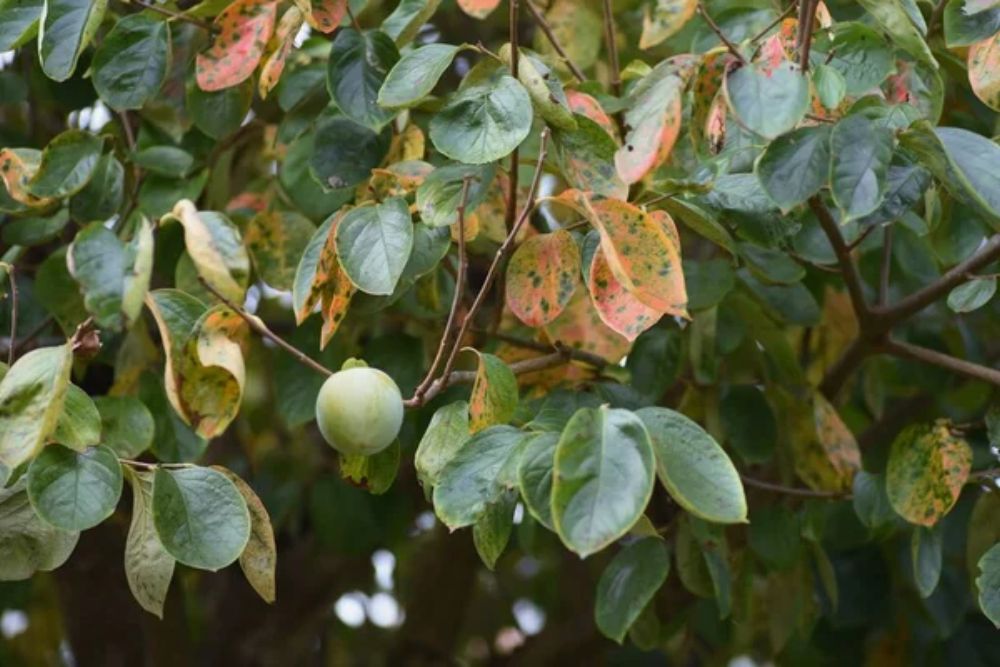
Persimmon leaves can be brewed into a mild, slightly sweet tea that’s rich in vitamin C. They’ve been used in traditional medicine for centuries.
22. Sweet Potato Leaves

Not just the root—sweet potato vines have edible leaves! They taste like spinach and are packed with nutrients. Sauté them or add them to soups.
23. Lotus Seeds
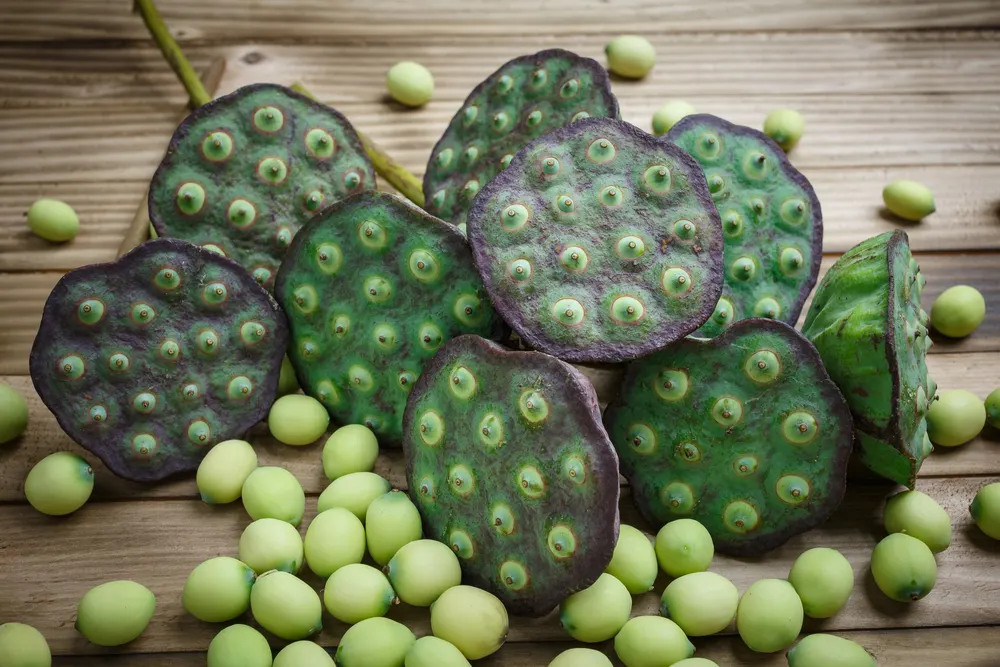
Found inside lotus pods, these seeds are crunchy when roasted and commonly used in Asian cuisine. They’re full of protein and antioxidants.
Like Bullock’s Buzz’s content? Follow us on MSN.
24. Cocoa Pulp
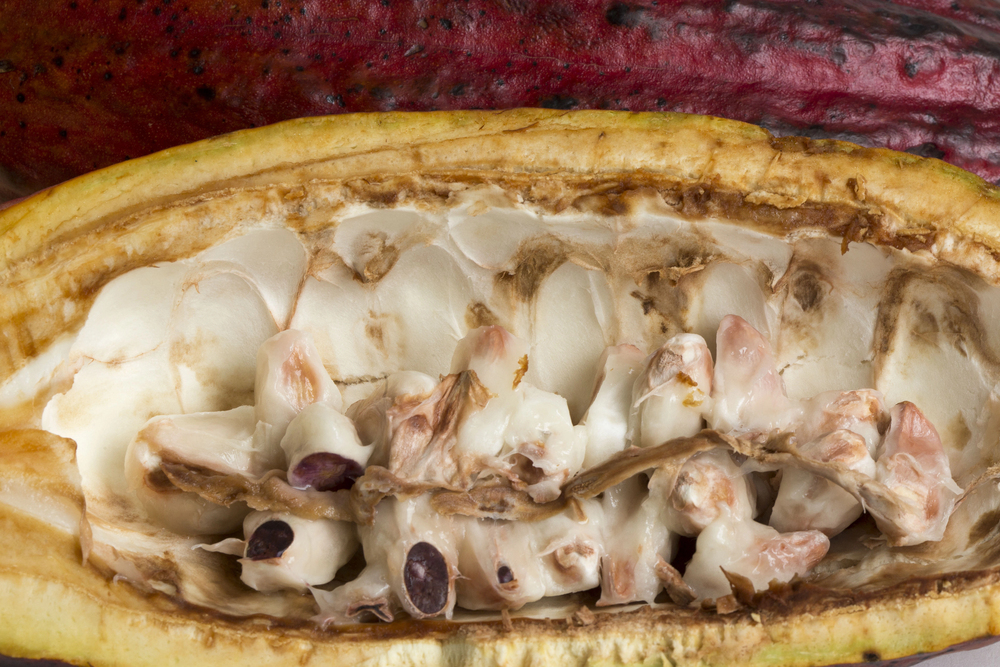
The white, jelly-like pulp surrounding cocoa beans is sweet and tangy. Some companies are starting to use it for juices and snacks.
25. Coconut Husks
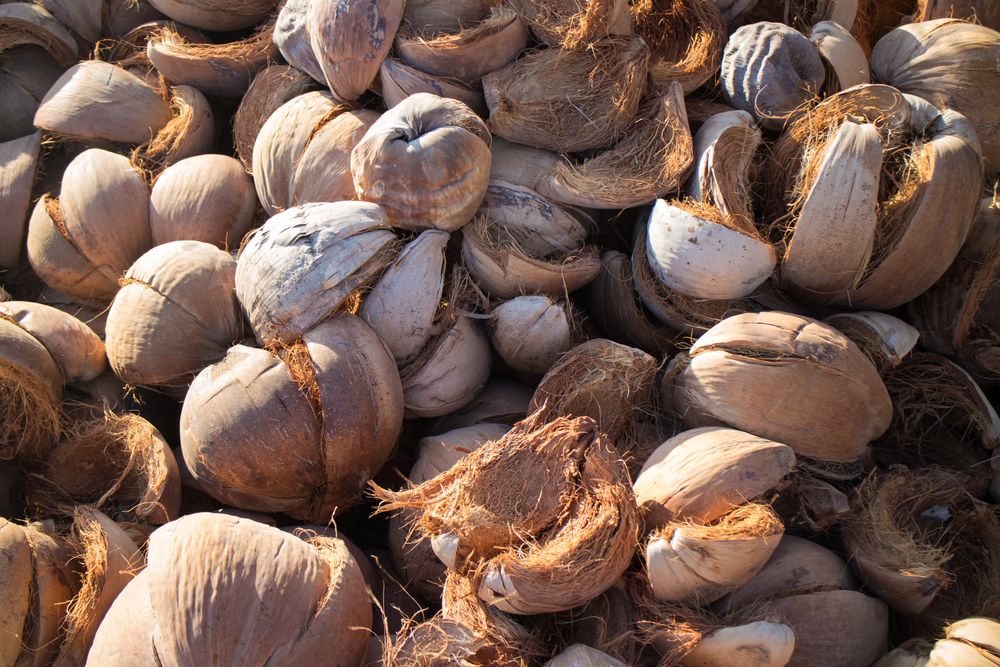
The fibrous husk of a coconut can be ground into a flour-like powder and used in baking or as an animal feed supplement.
26. Tomato Leaves
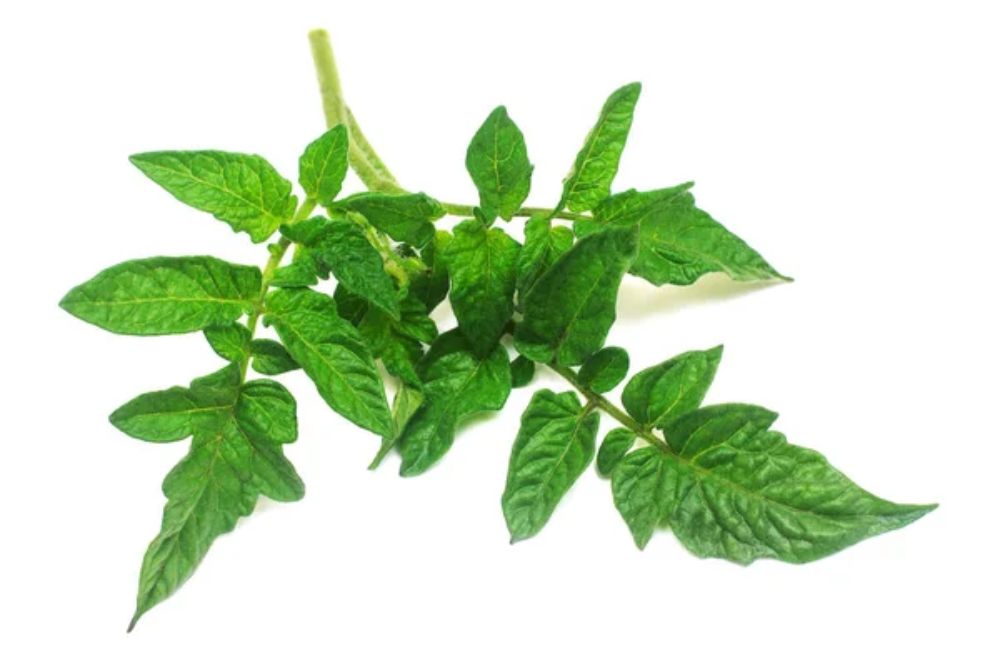
In small amounts, tomato leaves are safe to eat and have a strong, herbal flavor. They’re great in sauces and soups for extra depth.
Like Bullock’s Buzz’s content? Follow us on MSN.
27. Maple Seeds
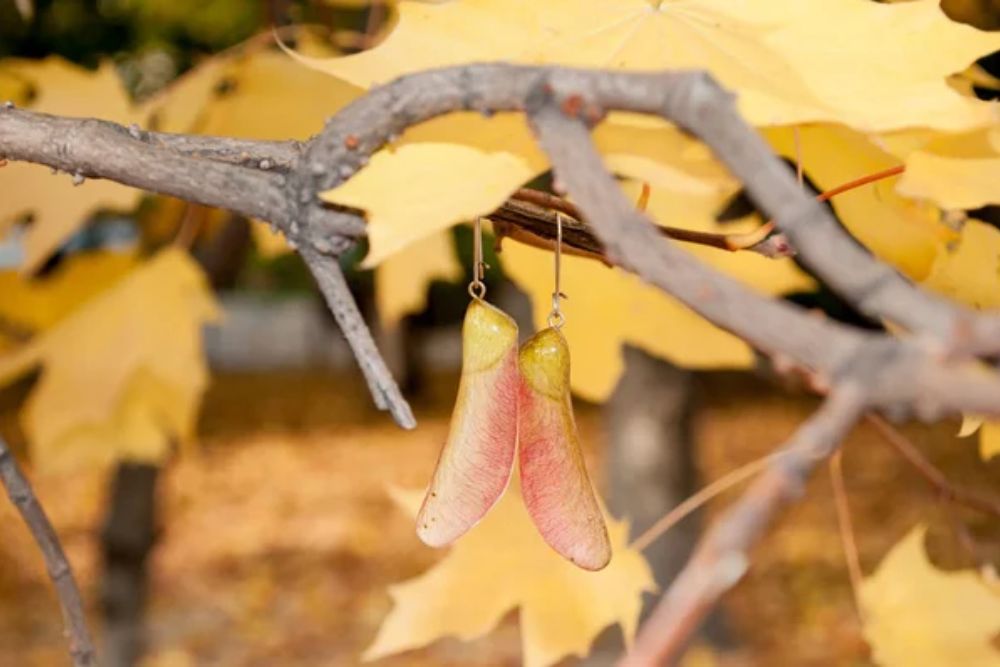
Those helicopter-shaped seeds from maple trees? Edible! Roast them like pumpkin seeds for a nutty, crunchy snack.
More from Bullock’s Buzz

- Microplastics Can Increase Dementia Risk. These 18 Foods May Have Microplastics in Them
- 14 Fruits You Should Eat More Often (And 5 That Might Not Be as Healthy as You Think)
- 21 Diabetes-Friendly Foods You Should Be Eating Every Day
- 18 Nighttime Fruits That Promote Deep Sleep and Curb Late-Night Hunger
- 22 Liquors You Should Avoid at All Costs
Like Bullock’s Buzz’s content? Follow us on MSN.
